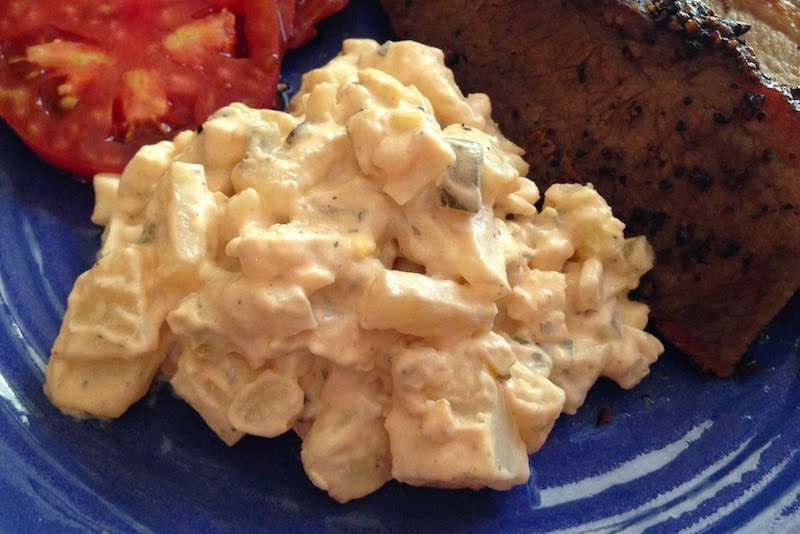Crops on a farm can be bountiful or spare year to year, depending on the vagaries of temperature, soil, moisture and the fluctuation of animal and bird populations that may do them harm. This year was a good year for barley, and here contributor Anthony Boutard of Ayers Creek Farm expounds upon this grain.
Barley, Hordeum vulgare, is the small grain with the greatest diversity. There is a wide range of kernel colors, including white, tan, brown, blue, purple and black. There are varieties with two and six rows of kernels, and some indecisive sorts with four rows. There are varieties that have an indigestible hull adhered to the kernel and those that thresh free of the hull, termed naked or hulless.
Italian "Milan" barley.
The types that retain their hulls are typically used for brewing and animal feed, though they can be pearled, which removes the hull and parts of the aleurone and the germ as well. The presence of the hull reduces bloat in draft animals and is essential to the malting process where it prevents the germinating grains from overheating. The hulless trait is controlled by a single gene and means humans can eat the whole grain. The hulless varieties are more nutritious because the whole grain is edible and retained.
Ceres holds barley and poppies.
In the sometimes silly race to promote "ancient grains," barley is considered too prosaic to earn a mention. However, even 2,000 or so years ago, Pliny described it in the superlative as antiquissimum frumentum, or the oldest of the cereals. That's old, folks. And, no, we are not going to claim that any of our seeds were pulled from a tomb or old pot buried somewhere. Crop seeds are a living legacy of civilization, and are generally viable for no more than a decade at best. Barley was sometimes assigned the status as a sacred grain and it is the grain Demeter holds along with a poppy capsule in the classic renditions of the goddess.
Hulless barley.
We started working with hulless barleys over 10 years ago and have offered it off and on through the decade. There is a cluster of naked barley devotees out there, people such as Will Bonsall of Industry, Maine, and Anpetu Oihankesni of Hotchkiss, Colorado, who provided much of our collection. They have varieties from around the globe, and we combed their collections for varieties with notable flavor. Keeping all the varieties separate became too much work for a farm at our scale. So last year we took all of our varieties, mixed them up and planted them together in a single plot. A sacrilege of sorts, but otherwise hulless barley culture at Ayers Creek was doomed as an erratic and meagre offering.
This week we will bring in the mix, a classic American melting pot of barley instead of humans. You will see the blue kernels from the Arabian variety, the large brown seeds of 'Dolma' that was collected in Kinnaur, India by Oihankesni, the white kernels of two Italian varieties from Bonsall, the tiny, rice-like kernels from the Korean 'Kamet-mugi' and the Japanese 'Sangatsuga'. The black kernels are from a variety of uncertain origin called 'Jet' that we acquired from Bountiful Gardens.
We soak the barley overnight, refresh the water, bring it to a full boil and simmer it until until tender, about 40 minutes or so. Use barley as you would rice. Make pilafs, add it to soups, make grain and vegetable salads. It is flavorful, nutritious and pretty. That is the fine package that attracted us to the grain in the first place. And perhaps we can be forgiven for the sin of mixing the various types because it is an attractive collection.





































